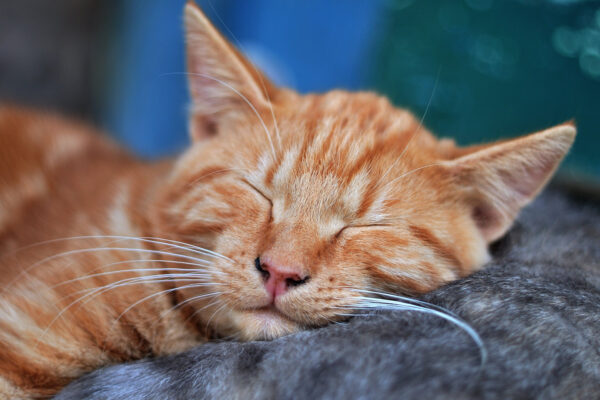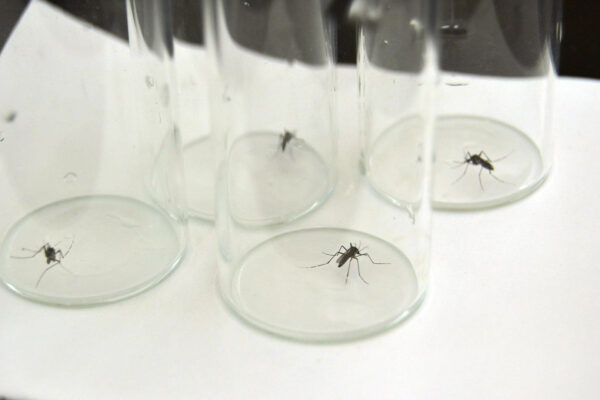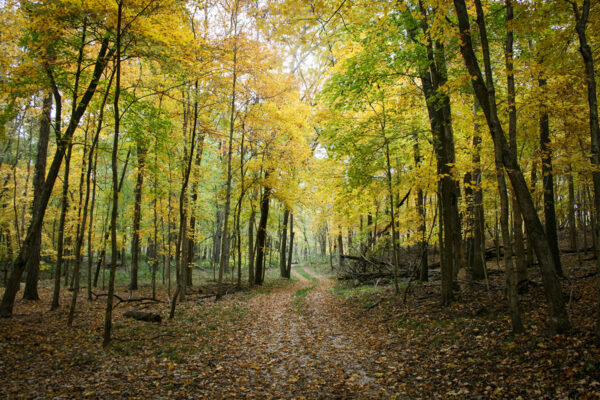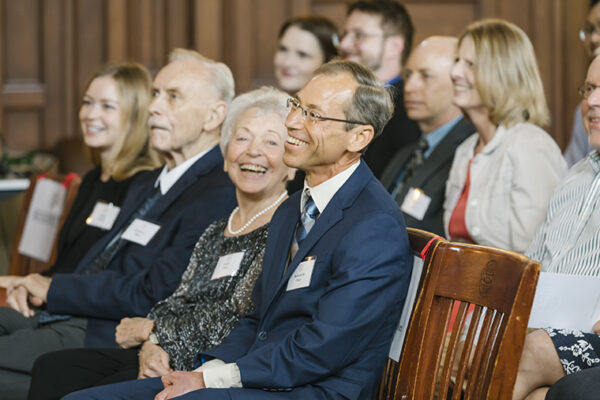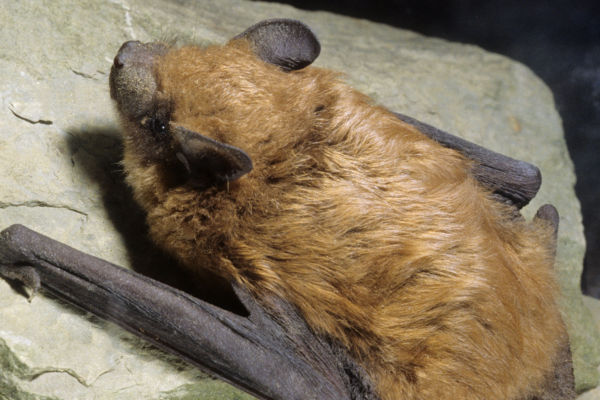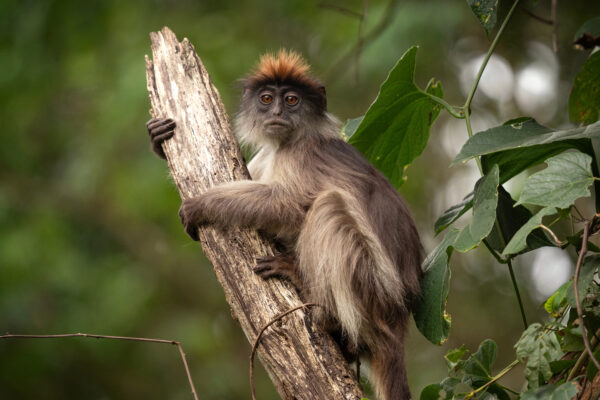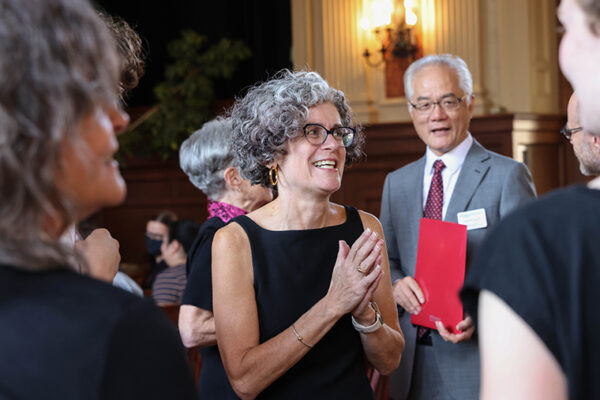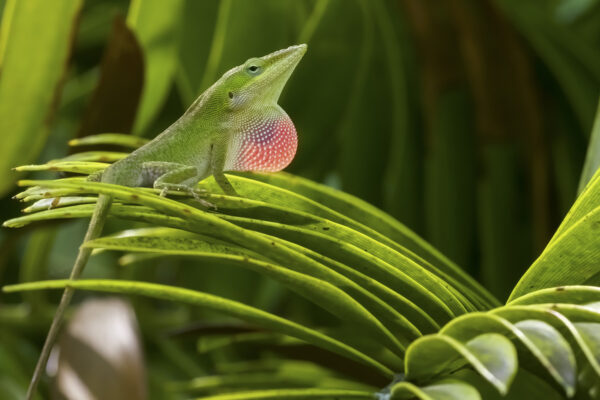Why do we sleep? Researchers propose an answer to this age-old question
Sleep helps restore the brain’s operating system to a critical state, according to new findings from biology and physics researchers in Arts & Sciences.
Some mosquitoes like it hot
Certain populations of mosquitoes are more heat tolerant and better equipped to survive heat waves than others, according to new research from Washington University in St. Louis.
How underground fungi shape forests
Biologist Jonathan Myers in Arts & Sciences leads work at Tyson Research Center that fueled an investigation into the role of underground fungi as drivers of global forest diversity.
Olsen installed as a George William and Irene Koechig Freiberg Professor of Biology
Kenneth Olsen, a professor of biology in Arts & Sciences, was installed as a George William and Irene Koechig Freiberg Professor of Biology in a Sept. 27 ceremony held in Holmes Lounge. His installation address was titled “Plants, evolution and living in clover.”
Not-so-spooky sounds: Audio recordings help ID urban bats
Washington University scientists have documented 10 different bat species in our area, including several threatened and endangered bats.
WashU team to study virus transmission, human-wildlife interaction
Red colobus monkeys are the most threatened group of African monkeys. With a grant from the National Institutes of Health (NIH), a Washington University team will model viral transmission dynamics among red colobus monkeys and their human neighbors near Kibale National Park, Uganda.
Grant funds green fertilizer research at WashU
Biologist Himadri Pakrasi in Arts & Sciences, who studies how cyanobacteria contribute to the chemistry of life, will lead a $5 million effort to develop technology to convert atmospheric nitrogen into fertilizer. Yinjie Tang and Yixin Chen at the McKelvey School of Engineering are co-investigators on the project.
Engineers to build cyborg locusts, study odor-guided navigation
Researchers at the McKelvey School of Engineering have long sought to understand the power of locusts’ sensing, computing and locomotory capabilities.
Levin installed as a George William and Irene Koechig Freiberg Professor of Biology
Petra Levin, a professor of biology in Arts & Sciences, was installed as a George William and Irene Koechig Freiberg Professor of Biology in a Sept. 19 ceremony held in Holmes Lounge. Her installation address was titled “The Environment Matters.”
No lizard is an island
New research from Washington University in St. Louis and the Georgia Institute of Technology directly measures the long-term survival of lizards in the wild, providing a more complete explanation of how evolution plays out among species that live side-by-side.
Older Stories
